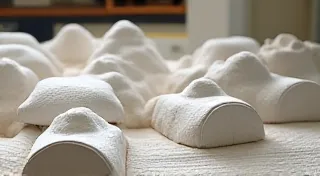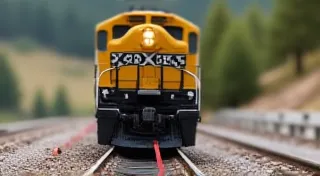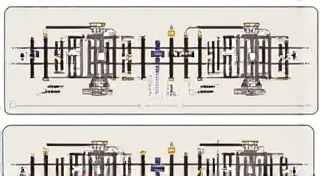Dealing with Derailments: Troubleshooting Track Issues
Derailments are a frustrating experience for any miniature railroad enthusiast. They can interrupt your enjoyment and potentially damage your locomotives and rolling stock. While sometimes they're simply bad luck, more often than not, derailments are a symptom of an underlying problem with your trackwork. This article will explore common causes of derailments and provide practical advice on how to identify and resolve them.
Understanding the Basics: Why Trains Derail
A derailment isn’t just a random event. It usually points to a misalignment, a problem with the wheel profile of your rolling stock, or an issue with the track itself. Let's break down the most likely culprits.
1. Track Alignment – The Foundation of a Smooth Run
The most frequent cause of derailments is simply misaligned track. Even small discrepancies can cause significant issues at higher speeds.
- Level Track: Ensure your track is level from side to side and along its length. Use a small bubble level to check. Track that's even slightly tilted will force your locomotives to constantly correct, putting undue stress on the wheels.
- Curvature: Curves are particularly susceptible. Overly tight curves, or curves that aren't smoothly transitioned, are a major source of derailments. Pay attention to the minimum radius specified for your locomotives and rolling stock. A gradual transition into and out of curves is essential.
- Track Joints: Make sure your track sections are butted up tightly and aligned properly. Gaps and misalignments at joints will act as "trip points."
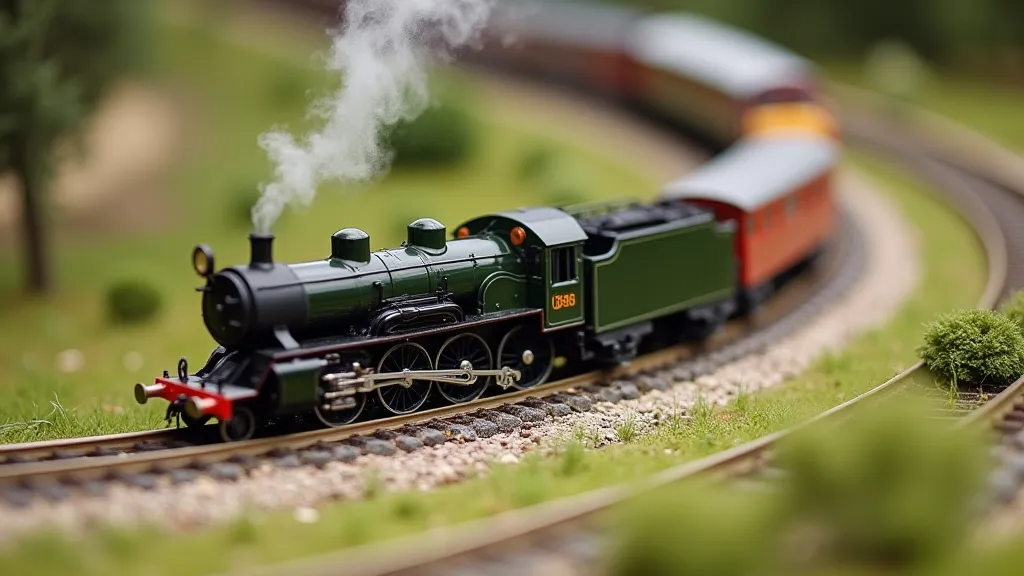
2. Wheel Profile & Rolling Stock Issues
Sometimes the problem isn’t with the track at all. It’s with the wheels of your locomotives and rolling stock.
- Wheel Backlash: Wheel backlash is the tiny gap between the wheel and the axle. Excessive backlash can cause wheels to wobble and derail easily. Many manufacturers provide information on how to adjust wheel backlash.
- Wheel Flanges: The flanges are the rims that prevent wheels from leaving the track. If they’re bent or damaged, they can cause derailments. Gently inspect your wheels for damage.
- Worn Wheels: Over time, wheels can become worn and develop flat spots, impacting their ability to stay on the track. Regular maintenance, including cleaning the wheels, can help.

3. Switch Problems – Points of Vulnerability
Switches are complex pieces of trackwork and are prime candidates for causing derailments.
- Switch Alignment: Ensure the points (the "rails" that guide trains through the switch) are fully closed and aligned when in the through position, and fully open when diverting to the siding. Look for any gaps or misalignment.
- Switch Throw: The mechanism that moves the switch points must operate smoothly and precisely. A sticky or jerky throw can cause trains to derail as they pass through.
- Track Gauge: The distance between the rails must be consistent throughout the switch. Any widening or narrowing of the gauge can cause derailments.
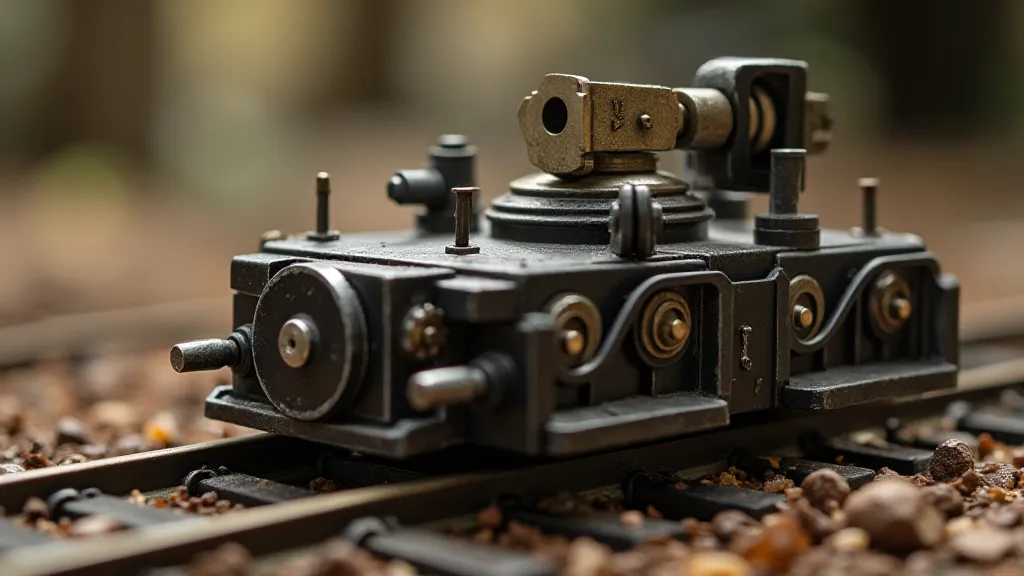
Troubleshooting Steps: A Systematic Approach
- Observe the Derailment: Where is the train derailing? Is it consistently in the same spot? This gives you a starting point.
- Slow Down: Reduce the speed of your trains. This can help identify whether the issue is speed-related.
- Check Track Alignment: Use a level to check for levelness and alignment.
- Inspect Rolling Stock: Examine the wheels of your locomotives and rolling stock.
- Test Switches Individually: Operate each switch several times, observing its movement and checking for smooth operation.
- Eliminate Variables: Try running a different locomotive or rolling stock over the affected area to see if the issue persists.
Conclusion
Dealing with derailments can be a bit of detective work, but by understanding the common causes and following a systematic troubleshooting process, you can identify and resolve the problems, ensuring smooth and enjoyable operation of your miniature railroad layout. Persistence and attention to detail are key!
